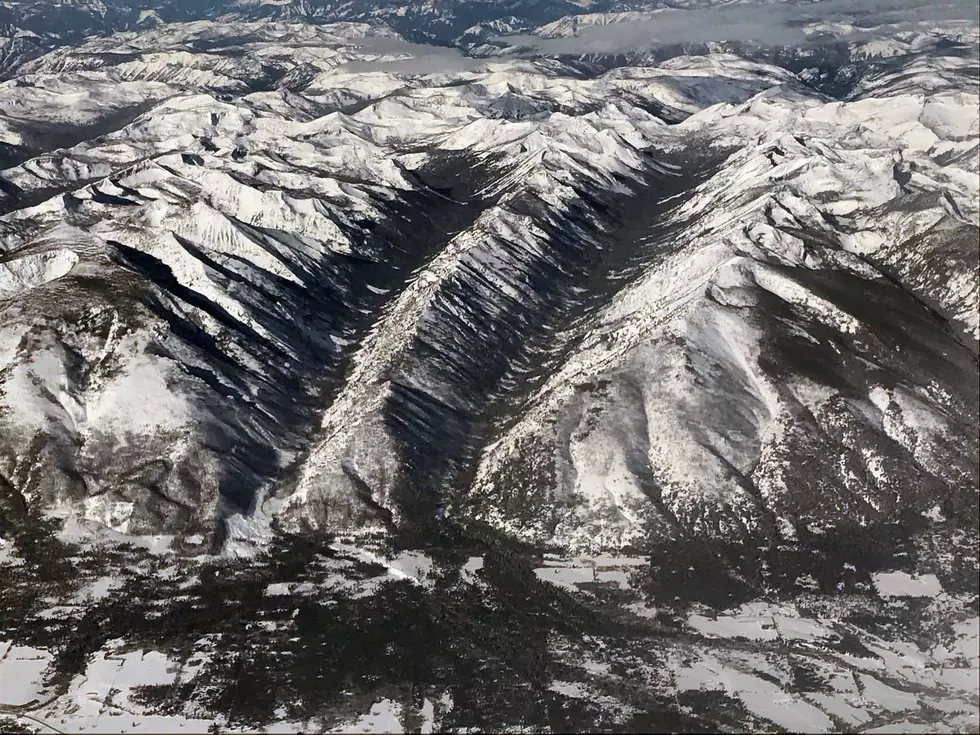
Bitterroot Forest: No proposal received for rare-earth metal mining
Laura Lundquist
(Missoula Current) People in western Montana are keeping a close eye on a potential rare-earth metals mine in the Bitterroot Mountains, but the U.S. Forest Service says nothing is happening yet.
On Wednesday, the Bitterroot National Forest issued a release saying no exploration activities are taking place around the Sheep Creek area, because the mining company, British Columbia-based U.S. Critical Minerals and U.S. Critical Metals have not submitted any proposals to continue exploration in 2024.
“This means that there have been no exploration activities in the Sheep Creek area since October 2023, no assessment of a new project proposal, and no project analysis under the National Environmental Policy Act. The Forest anticipates receiving a renewed Notice of Intent to Explore from USCM for hand-tool exploration, sampling and geologic mapping over the course of the 2024 field season,” District Ranger Dan Pliley wrote in the release.
The 7-square-mile Sheep Creek Columbite Deposit Mine Site lies in the headwaters of the Bitterroot River, approximately 38 miles south of Darby. Deposits were discovered in the area in 1953, and the site has been studied and sampled since the early 1960s.
A year ago, U.S. Critical Materials Corp. announced it had discovered “the highest-grade (rare-earth element) deposit in the United States” among its 223 mining claims near the confluence of Sheep Creek and the West Fork of the Bitterroot.
“Rare earth elements,” 17 elements of the periodic table, are heavy metals that have various electronic and magnetic properties that make them useful in an ever-expanding array of electronic components, magnetic materials, lasers, industrial processes and, particularly, rechargeable batteries used in electric vehicles.
Pliley said the mining company has said they would submit an operations plan, detailing any activities that would involve significant digging, but has not indicated when that would happen.
The Bitterroot National Forest release was prompted by three nonprofit organizations putting out a public letter on Feb. 1 asking the Forest Service to release information regarding U.S. Critical Materials’ plans to dig in the Sheep Creek area.
The Center for Biological Diversity, WildEarth Guardians and Friends of the Bitterroot said they were concerned because the U.S. Critical Materials webpage where the company stated it intended to explore the Sheep Creek mining claims this coming summer. The webpage claimed the company would be restoring and constructing roads, building drill pads and drilling at 10 different sites. They said the company should have submitted an operations plan to get permission to create that level of disturbance, but they hadn’t heard anything from the Forest Service.
“We urge the Forest Service to reject any notice of intent from the Company, which would not require (a full National Environmental Policy Act process), as it is clear the Company will be engaging in activities that will seriously disturb the environment,” the letter said. “Thus, a categorical exclusion is not appropriate for this project and we request the Forest Service decline utilizing any other categorical exclusion that may be available.”
Pliley responded Wednesday in his release, saying that, once the company submits a plan, the Bitterroot National Forest would determine whether the activities should be considered under a Categorical Exclusion, an Environmental Assessment, or an Environmental Impact Statement. Under the National Environmental Policy Act process, there will be opportunities for stakeholder and public engagement through comment periods, and possibly public meetings and field trips.
The Forest Service is allowed to use categorical exclusions of the NEPA process when a small project would obviously have little effect on the environment, such as refurbishing a campground or cabin. However, in recent years, the Forest Service has expanded its idea of what qualifies for a categorical exclusion. For example, large logging projects are now excluded from a full NEPA if they remove trees affected by insects or disease.
Prior to conducting any exploratory drilling, the companies would also need to obtain an Exploration License from the Montana Department of Environmental Quality.
Mining for rare earth minerals generates large volumes of toxic and radioactive material, due to the co-extraction of thorium and uranium, which can pose threats to the environment and human health. And extraction uses one of two methods: drilling or open-pit mining.
Contact reporter Laura Lundquist at lundquist@missoulacurrent.com.
